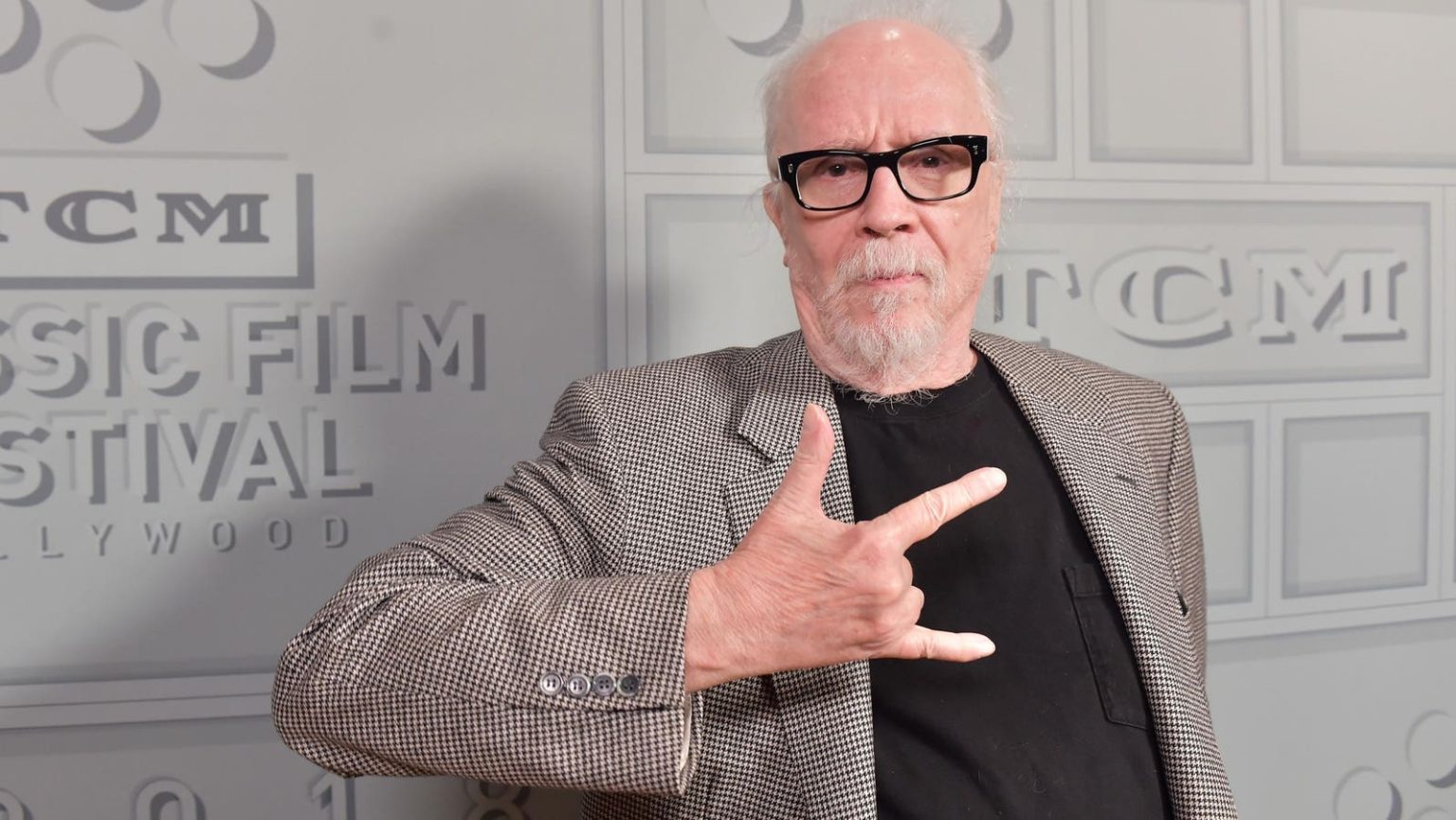Suburban Screams, legendary horror filmmaker John Carpenter’s first major foray into TV, turns the table on humans and shows how maybe we’re the real monsters.
“It’s almost a reality show,” he said as he discussed the six-episode anthology series that recounts actual crimes and “combines real-life horror with cinematic vision” that “ensures viewers will never look at their neighbors the same way twice.”
The series premiered on Peacock on Friday, October 13, 2023.
“It’s about evil in the suburbs, basically. That’s the best way I could put it. It focuses on the survivors of evil. I was drawn to it. We had researchers doing stories about real-life stuff that happened, and we found a bunch of them,” Carpenter added. “One of them was Phone Stalker, about this poor girl who had been stalked by somebody on her telephone for six years. I just wanted to direct one, and that was the one I thought had a lot of potential.” The episode is the final entry in the anthology.
The iconic filmmaker, who previously directed two episodes of Masters of Horror in the early 2000s, might only have helmed one episode of Suburban Screams himself, but he and his wife, Sandy King, produced the entire series.
When it comes to projects, Carpenter said that people “don’t approach him exactly,” but he remains on the hunt for a great story, “something that I can do and I know how to direct,” so he decided to take it on. Does he find it harder to come across good ideas?
“In today’s climate, and this has been true for several years, people are saturated with advertising, movies, TV shows, and things, so it’s hard to penetrate with a new story or idea,” he mused. “If you said ‘Let’s put out Waiting for Godot,’ and you advertise that, people aren’t going to pay much attention. If you put something they know about and they’ll recognize it, they’re like, ‘Oh, yeah, Lethal Weapon. I like that. Let’s go see it.'”
“So the marketplace, and the people who run this stuff, are mainly looking for young directors to do what they want. It’s not so much what the director wants but what they want. I’m a crusty kind of guy, but occasionally something works out where it works with the studio, so we do it together.”
Best known for helming such classic films as Halloween, The Thing, They Live, The Fog, and Big Trouble in Little China, the director didn’t have too much trouble shifting from full-length features to a 40-minute format.
“It’s all storytelling, and the rest of it doesn’t matter,” Carpenter said. “That’s just the specifics of it. It’s all storytelling, and I love that. I love features, but they’ve evolved over the years, and they’re not even on film anymore. A short story is worth telling just as much as the longer tale, so that’s the kind of way of looking at it.”
A number of the filmmaker’s luminaries, such as Greg Nicotero, Mike Flanagan, and Don Mancini, to name a few, have already played in the TV space in a significant way. However, he didn’t ask them about their experiences.
“No, I didn’t,” Carpenter confirmed. “Everybody talks about what’s different about this or that, but it all boils down to the amount of time you have to tell a story. The shorter the story and the lower the budget, the less time you have to tell. We’re all basically after the same thing; we’re after making something interesting.”
When it comes to what creative hat he prefers wearing these days, especially having not directed a feature since The Ward in 2010, it is very much a case-by-case thing.
“What do I have to do as a producer? What am I responsible for? What am I responsible for as a director?” he mused. “I know the directing pretty well after all these years, but producing was kind of mysterious, and that keeps changing depending on a lot of things. It depends. There’s also that people want to pay you. What is the paycheck, and what are you paying me for? What do you want me to do? So there’s that. It’s all part of it.”
When it came to inspirations he drew on to form Suburban Screams, Carpenter could name any specifics instead saying he would “borrow anything.”
“That can even be something like an idea of mine that I hadn’t used before, so I applied everything that I thought was relevant,” he explained. “I also remotely directed my episode, which I found interesting. The cast and crew are in Prague, and I sat in my living room in Hollywood, California. I had the audio hooked up so I could talk to them, and through my big screen TV, I could see through the camera lens so I could I could direct. I had a really great camera guy, and he had a lot of fun.”
“The secret of it is that it’s pretty much the same as directing on the spot, on location, but you have to know every shot, and you have to be prepared.”
Has getting back in the director’s chair for the first time in 13 years, other than for one of his own music videos, inspired him to shoot another feature film?
“I have one criteria,” he concluded. “If a really good story comes up, and I can have the wherewithal to do it, I’ll do it. That’s the only criteria there is for me. It has to be a story I can embrace and do something with. If I find that, we can do it, and the rest is just details.”
Read the full article here





